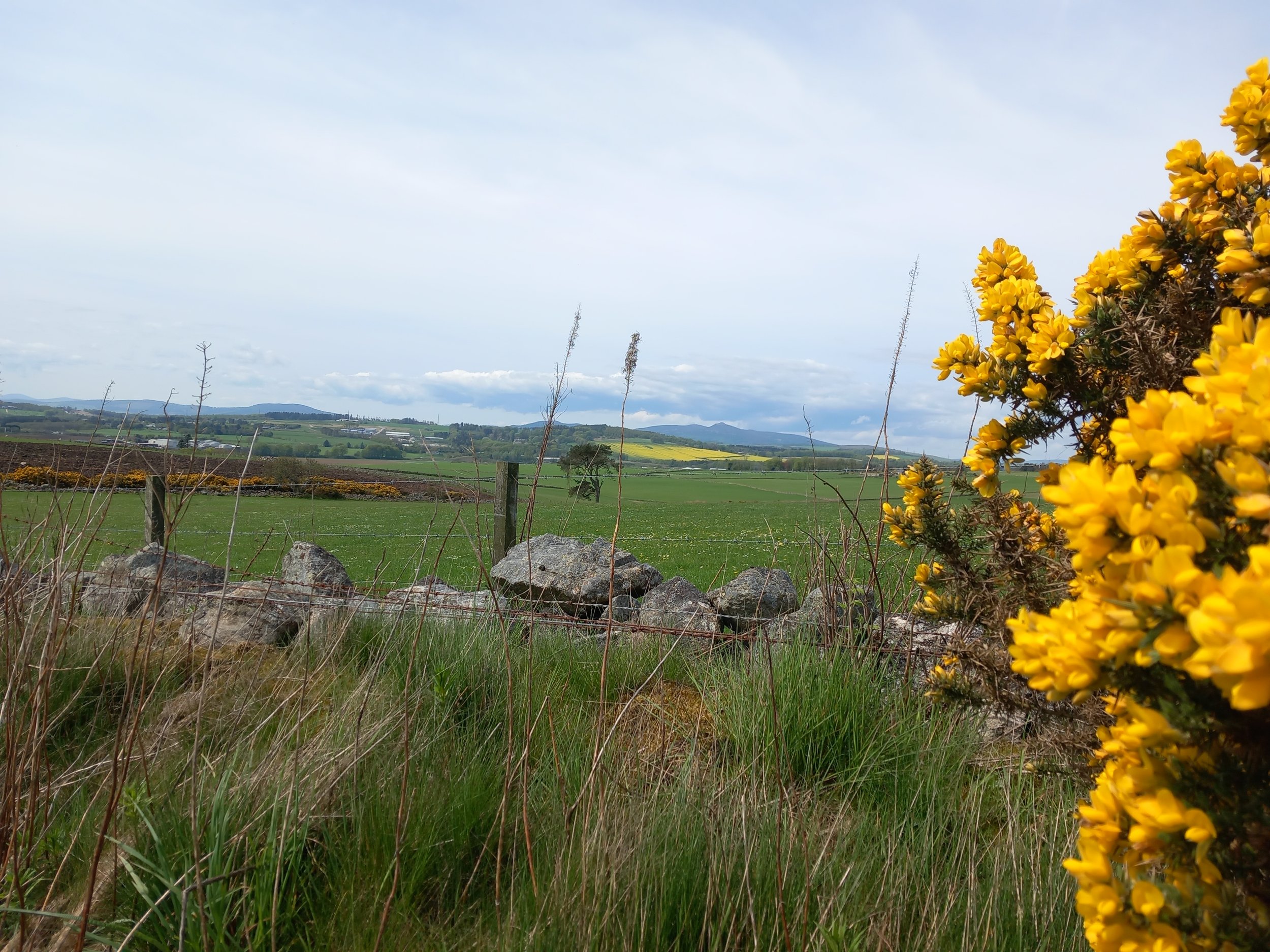Marnock’s Obituary
An obituary by his protégé and friend William Robinson appeared in The Garden v.36 (1889), pp.489-90.
‘We have to announce with great regret the death of Mr. Robert Marnock, one of the best known English gardeners of the century, in London on last Eriday, Nov. 15. The word "gardener" is used here because he was fond of using it himself, in preference to "horticulturist," or the even less lovely word "landscape-architect."
‘Mr. Marnock's landscape work began with the laying out of the Sheffield Botanical Gardens about the year 1837. His success there led to his being appointed by the Royal Botanic Society of London to form their new garden in the Regent's Park in 1839. Of the happy manner in which that work was done it is unnecessary now to speak. From that time Mr. Marnock formed the most graceful and picturesque gardens of his time. In his case the artist and gardener worked so well together, that in the gardens executed under his direction it would be difficult to find one in which a happy result was not attained.
The Royal Botanic Society’s garden at Regent’s Park, 1872, from an Ordnance Survey map, reproduced with the permission of the National Library of Scotland.
‘The same breadth of treatment, grace of outline, and natural gradations which mark the Regent's Park Gardens may be seen throughout most of his other work. Among a few of the many places either laid out or changed by him may be mentioned Warwick Castle ; Hagley Hall, Staffordshire ; Draycott Hall, Yorkshire ; Rood Ashton, Wiltshire ; Oak Lodge, Kensington ; Hall Place, Tonbridge ; Berry Hill and Park Place, Bucks ; Greenlands, Henley-on-Thames ; Wimbledon House, Surrey ; Rousdon, Devon ; Possingworth, Sussex ; Eynsham Hall, Oxon ; Wadhurst Park, Sussex; Brambletye, Sussex; Dunorlan, Kent ; the park at Hastings, and many others.
Greenlands, c.1869, painting courtesy SylviaStanley under a Creative Commons Attribution-Share Alike 4.0 International license.
‘In 1853-54 he laid out the grounds of the Villa San Donato, near Florence, for Prince Demidoff. He was for several years horticultural editor of the Gardeners' and Farmers' Journal.
…
‘As Mr. Marnock's works differ so much from what is often called "landscape architecture" in this and other countries, it may be as well to state the sources of its inspiration. It was the result of a keen love of Nature. To the last he never, even when travelling in a railway carriage or other conveyance, ceased to look keenly at earth and sky. If only a hedgerow, there was for him a lesson in it. One April day, in 1887, we went with him out of a London fog into a large Oak wood in Sussex, the first spring after the underwood was cut. The lichened stems rose out of many acres of Primrose and Ladies' Smock. He was happy as a child in it, and said, " What is all our gardening to this ? " ’
The full obituary is available on the Biodiversity Heritage Library website.





